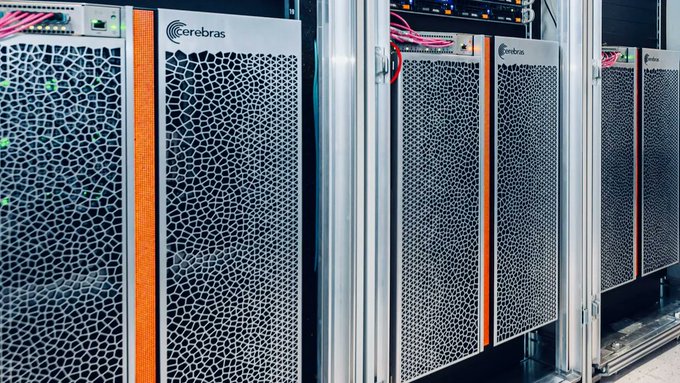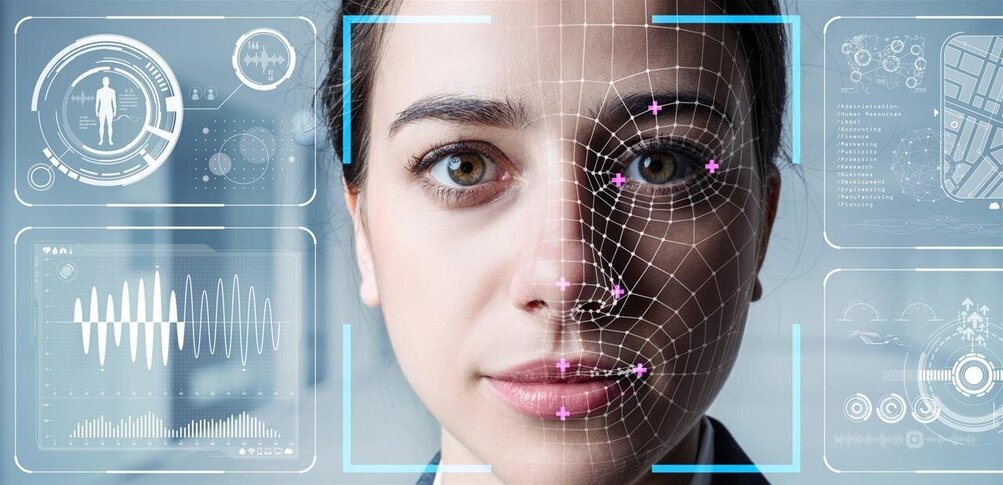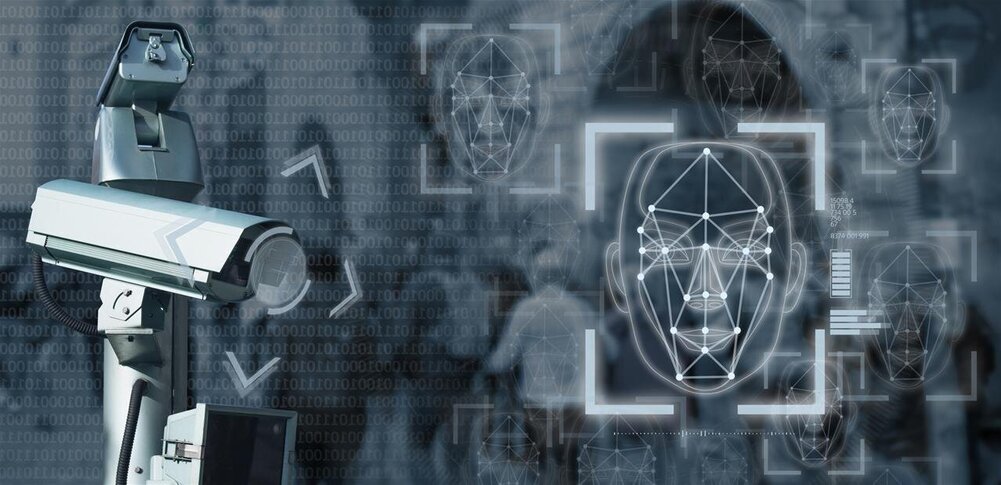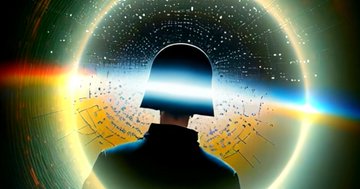Artificial intelligence is on a tear. Machines can speak, write, play games, and generate original images, video, and music. But as AI’s capabilities have grown, so too have its algorithms.
A decade ago, machine learning algorithms relied on tens of millions of internal connections, or parameters. Today’s algorithms regularly reach into the hundreds of billions and even trillions of parameters. Researchers say scaling up still yields performance gains, and models with tens of trillions of parameters may arrive in short order.
To train models that big, you need powerful computers. Whereas AI in the early 2010s ran on a handful of graphics processing units—computer chips that excel at the parallel processing crucial to AI—computing needs have grown exponentially, and top models now require hundreds or thousands. OpenAI, Microsoft, Meta, and others are building dedicated supercomputers to handle the task, and they say these AI machines rank among the fastest on the planet.
But even as GPUs have been crucial to AI scaling—Nvidia’s A100, for example, is still one of the fastest, most commonly used chips in AI clusters—weirder alternatives designed specifically for AI have popped up in recent years.
Cerebras offers one such alternative.
Mots-clés : cybersécurité, sécurité informatique, protection des données, menaces cybernétiques, veille cyber, analyse de vulnérabilités, sécurité des réseaux, cyberattaques, conformité RGPD, NIS2, DORA, PCIDSS, DEVSECOPS, eSANTE, intelligence artificielle, IA en cybersécurité, apprentissage automatique, deep learning, algorithmes de sécurité, détection des anomalies, systèmes intelligents, automatisation de la sécurité, IA pour la prévention des cyberattaques.






